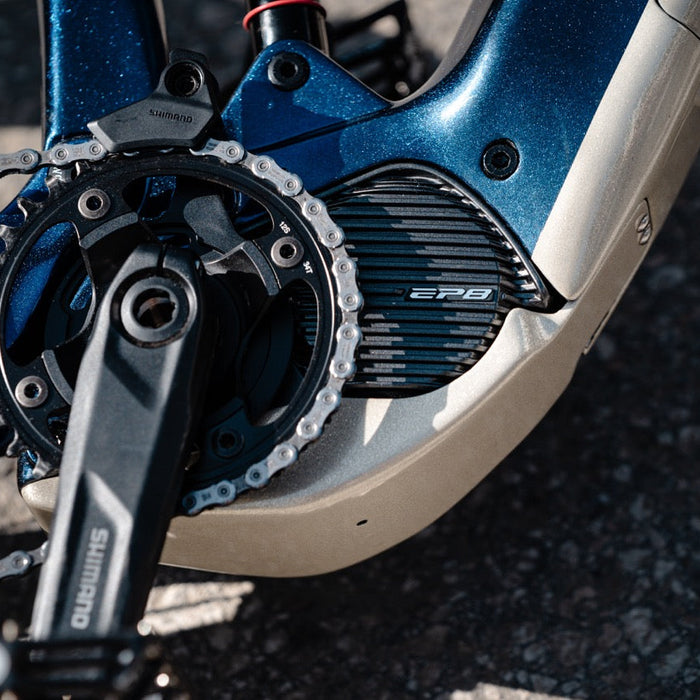A "disc brake" is a part of a specific braking system, also used in bicycles to quickly reduce speed or bring the bike to a stop. It consists of several components that work together to provide efficient braking performance. Here are the five main areas into which the disc brake can be divided:
Construction of a disc brake
Brake disc
The brake disc is a round metal disk that is attached to the hub of the bicycle wheel. It is the heart of the braking system, the brake pads press on the brake disc to create friction that slows the bicycle. The brake disc is usually made of stainless steel and has holes or slots to dissipate heat and drain water.
Brake pads
The brake pads are parts made of a friction-resistant material mixture. They are mounted in a bracket on the brake caliper. When the brake lever is operated, the brake pads are pressed against the brake disc, creating the friction that slows the bike down. Choosing the right brake pad material is important to ensure optimal braking performance and longevity.
Brake caliper
The brake caliper is the holder for the brake pads. It is mounted centrally above the brake disc so that the disc sits between the brake pads. It contains the pistons that move to press the brake pads against the brake disc. The brake caliper can be hydraulically or mechanically operated, depending on the braking system.
Brake levers and lines
The brake lever is the brake control point on the bicycle's handlebars. When applied, it transmits power to the brakes via hydraulic lines (in hydraulic systems) or mechanical cables (in mechanical systems). Hydraulic systems use brake fluid to transmit pressure to the brake pads, while mechanical systems transmit power via cables.
Installation and fastening of a brake disc
The disc brake requires precise installation and attachment to both the front and rear axles of the bike. Correct installation not only ensures safe operation and optimal braking performance, but also prevents grinding and thus unnecessary wear of the brake disc and brake pads.
Different brake discs
There are many different brake discs, they differ in size, material and manufacturing method. Some brake discs are also specially optimized for certain brake pads in order to offer better performance or improve longevity. However, choosing the right brake disc depends on your own needs and the braking system.
Summary of brake disc
Together, these components provide a powerful and reliable braking option for bicycles, especially in situations where high braking forces and weather conditions must be taken into account.





